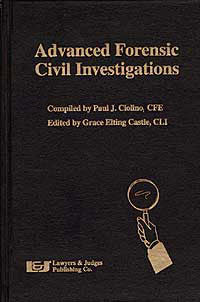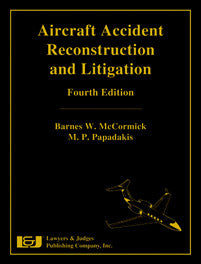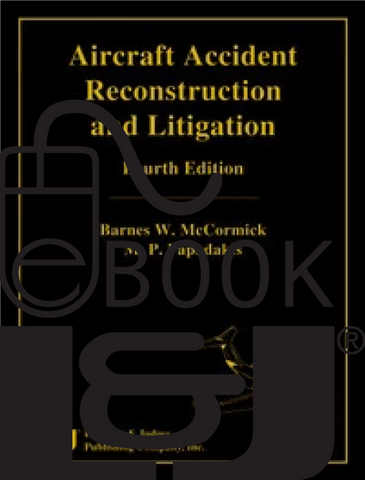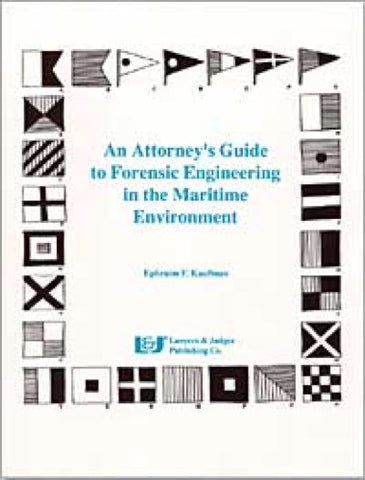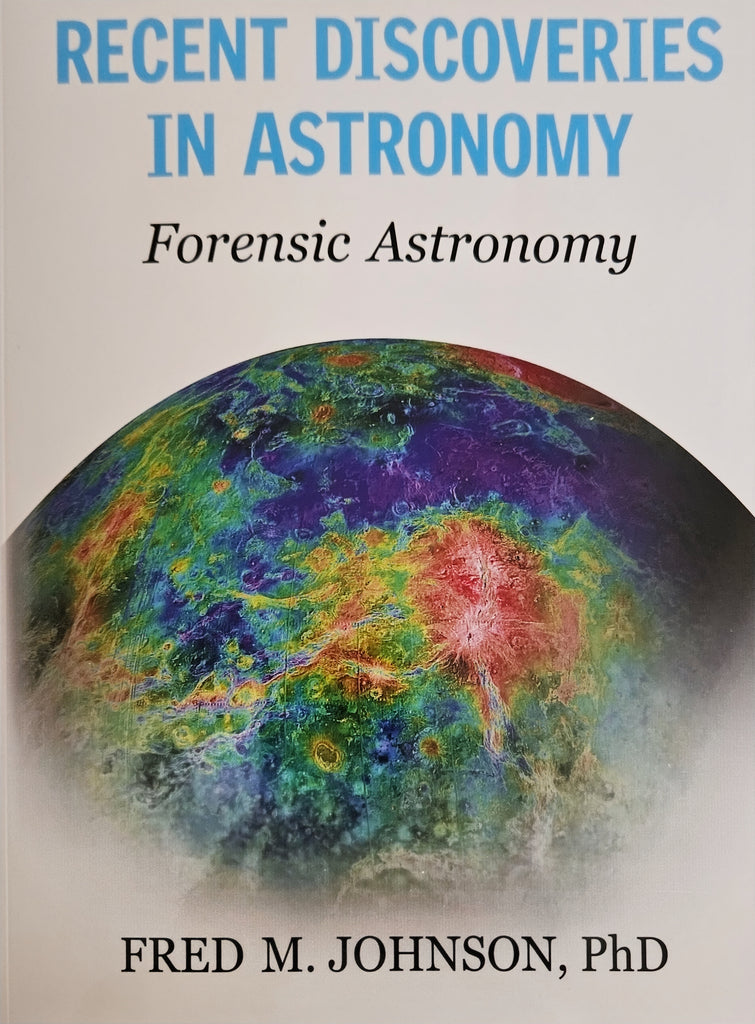
Forensic Astronomy: Recent Discoveries in Astronomy
- Author: Fred M. Johnson Ph.D
- ISBN 13: 978-1-936360-84-0
- Copyright Date Ed: 5/3/2023 2nd printing
-
Pages: 128
-
Binding Information: Softcover
- Size: 8.5 ✕ 11 Inches (US)
A number of important celestial phenomena are presently misinterpreted in Astronomy. These include dark matter, dark energy, Black Holes, the Big Bang, and
the origin of solar systems. This is an impressive list of misinterpretations which can all be shown to arise from either neglecting laws of physics or their incorrect usage. “Forensic Astronomy” will provide you with alternative explanations which are simple, straightforward and follow a logical order. In fact, the aim of this book is multifaceted. Here is an overview of its main goals: To educate the public on some of the more recent solar and planetary developments. To show that the universe underwent a large variety of processes, prior to the development of mankind. All developments presumably required a sequence of multiple, complex, evolutionary steps, which were well-timed and executed. Similar solar system developments are presumably in progress throughout our galaxy and very likely, throughout our visible universe, at various evolutionary stages. To discuss mankind’s place in the Universe. To rectify some of the (erroneous) baffling concepts and theories that have unfortunately crept their way into astronomy. To point out the most critically neglected concepts of physics : the Second Law of Thermodynamics, the conservation of angular momentum, and the fact that all matter in the universe is not necessarily electrically neutral”
Table of Contents
Forensic Astronomy
Chapter 1: Planetary Core Sizes, their Energy Flux Relationship, and
its Implications
Chapter 2: A Modern Theory of our Sun
Chapter 3: The Earth
Chapter 4: Solar System Development
Chapter 5: Life, Energy, and the Interstellar Medium
Chapter 6: The solution to a unique spectroscopic enigma
Chapter 7: Quasars
Chapter 8: The Big Bang Hypothesis and its Correct Solution
Chapter 9: Supernovas and Pulsars
Chapter 10: Galaxies
Chapter 11: A Modern Overview of Stellar & Galactic Evolution Scenarios
Chapter 12: Venus & Global Warming
Chapter 13: Conclusions
Chapter 14: Definitions
Index
Reviews:
______________________________________________
“Recent Discoveries in Astronomy: Forensic Astronomy” (Lawyers & Judges Publishing Company, Inc., 2023) by Prof. Fred M. Johnson challenges the prevailing celestial narratives in astronomy, daring to question the commonly accepted interpretations of dark matter, dark energy, Black Holes, the Big Bang, and the origin of solar systems. The author skillfully navigates the complex web of astronomical theories, unveiling the misunderstandings that have infiltrated the field. The book's strength resides in its ability to present alternative explanations that are not only straightforward but also grounded in the laws of physics. By addressing the neglect or misuse of fundamental principles, the author provides readers with a fresh perspective on the mysteries of the cosmos. The multifaceted goals of the book are achieved through a logical order of presentation, making it accessible to both novice readers and seasoned astronomers. One of the commendable aspects of this book is its commitment to educating the public on recent solar and planetary developments. The author adeptly navigates through the historical tapestry of the universe, illustrating the myriad processes that shaped it before the emergence of mankind. The narrative paints a vivid picture of the intricate and well-timed evolutionary steps that presumably led to the current state of the cosmos.
In conclusion, this book is a thought-provoking and intellectually stimulating journey that challenges the status quo of astronomical understanding. While it may require careful consideration from readers less versed in the subject matter, its alternative perspectives and dedication to scientific principles make it a valuable addition to the library of anyone interested in the profound mysteries of the cosmos.
Robert Tomaszewski, PhD, MISt (he, him, his)
Dr. Johnson begins with an introduction that establishes an important basis for this work, and indeed for all scientific inquiry. The need to question long established presumptions on astronomical, geologic, and cosmological data is very relevant given the current state of scientific, political, social, and economic discourse. The suggestion to question existing theories that leave numerous questions unanswered, offer alternative explanations and re-examine the underlying assumptions, boundary conditions and models behind many presumptive facts is the very essence of scientific research. One very important highlight made in the introduction is that the time frame of our existing scientific observations is so minimal compared to geologic and astronomical periods that scrutiny and skepticism of current prevalent theories is well warranted.
In breaking down the details of his unique theories detailing planetary formation, and the Earth’s geologic history, Dr. Johnson provides an excellent combination of common-sense explanations that can be digested by those of limited scientific and mathematical depth along with some detailed physics for those so inclined to comprehend. His discussion explaining the neglect of the second law of thermodynamics in the common view of planetary formation is one clear example. Again, his explanation to help provide understanding of the second law of thermodynamics is important as our society deals with the current challenges of energy supply and demand.
Theories of planetary and satellite formation that are based on ejection from the sun or corresponding planet are very compelling and will prove worthy of much wider recognition. The notion of nuclear fission as the source of energy in the earth and sun provides intriguing explanations for several previously ambiguous observations. The wide variety of observations from interstellar molecules illustrates that we have just started to utilize the capabilities of some of our more advanced sensor technologies. The assessment of this data, and corresponding implications on theories from the Big Bang to quasars will provide research opportunities for many more years of research.
Recent Discoveries in Astronomy – Forensic Astronomy provides a view into the Earth, the Solar System and interstellar space that is important for any scientist to consider. The combination of an accessible narrative with definitive technical and mathematical depth provides the reader with an opportunity to expand their knowledge of the cosmos.
Tim Woodington earned a B.A. in Physics and an M.S. in Environmental Studies. He spent over 30 years as a Physics Lecturer in the CSU system and retired after 35 years responsible for sensor operations of meteorological and surveillance satellites for the USAF.

